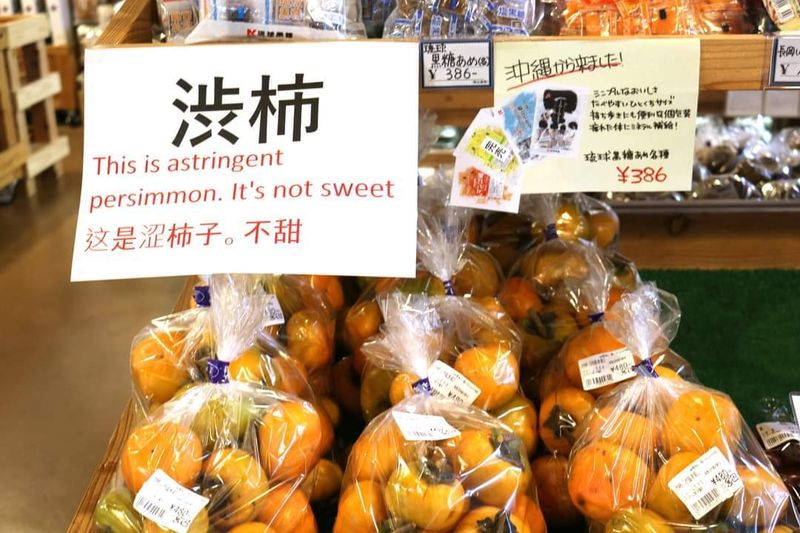Oct 14, 2024
Knowing your persimmons in Japan
One of my favorite fruits during the autumn time frame are persimmons, because they’re inexpensive and easily accessible. They weren’t something I’d ever seen or tried in my home country, though, and I’ve learned a bit about them over the years I’ve lived here.
If you’re new to persimmons, these are some key things to know!
There are two main types
There are two key types of persimmons here: astringent (shibugaki) and sweet (amagaki). The astringent kind need to be fully ripened to eat, otherwise they are bitter and definitely not enjoyable. The sweet kind can be eaten as they are, similar to how you’d eat an apple. One main type of astringent persimmon is the hachiya kind, and one main type of sweet persimmon is the fuyu kind.
Shape differences
There’s a key difference in the shape of the astringent versus sweet persimmons, too. The astringent kind are more elongated and pointed at the bottom – they often get referred to as having an “acorn-like” shape. In contrast, the sweet kind are rounder and flatter.

You could also be lucky and have your local supermarket or farmer's market warn you ahead of time about which is which! We have a fairly big foreign population in our countryside town because of an international university here, so a lot of the time there are signs in English giving us the heads up about things!



2 Comments
TonetoEdo
on Oct 14
Either variety are delicious! This morning's breakfast was a peeled sweet one. In the school garden, we've got a persimmon tree and some staff do hoshigaki with them. It's an autumn tradition on our campus. How do you eat them? As is? Dried? Something else?
genkidesu
on Oct 15
@TonetoEdo I like eating them as they are, but I've also become a big fan of chopping up the dried kind and adding them to my granola and greek yogurt breakfasts. Adds a nice pop of sweetness!